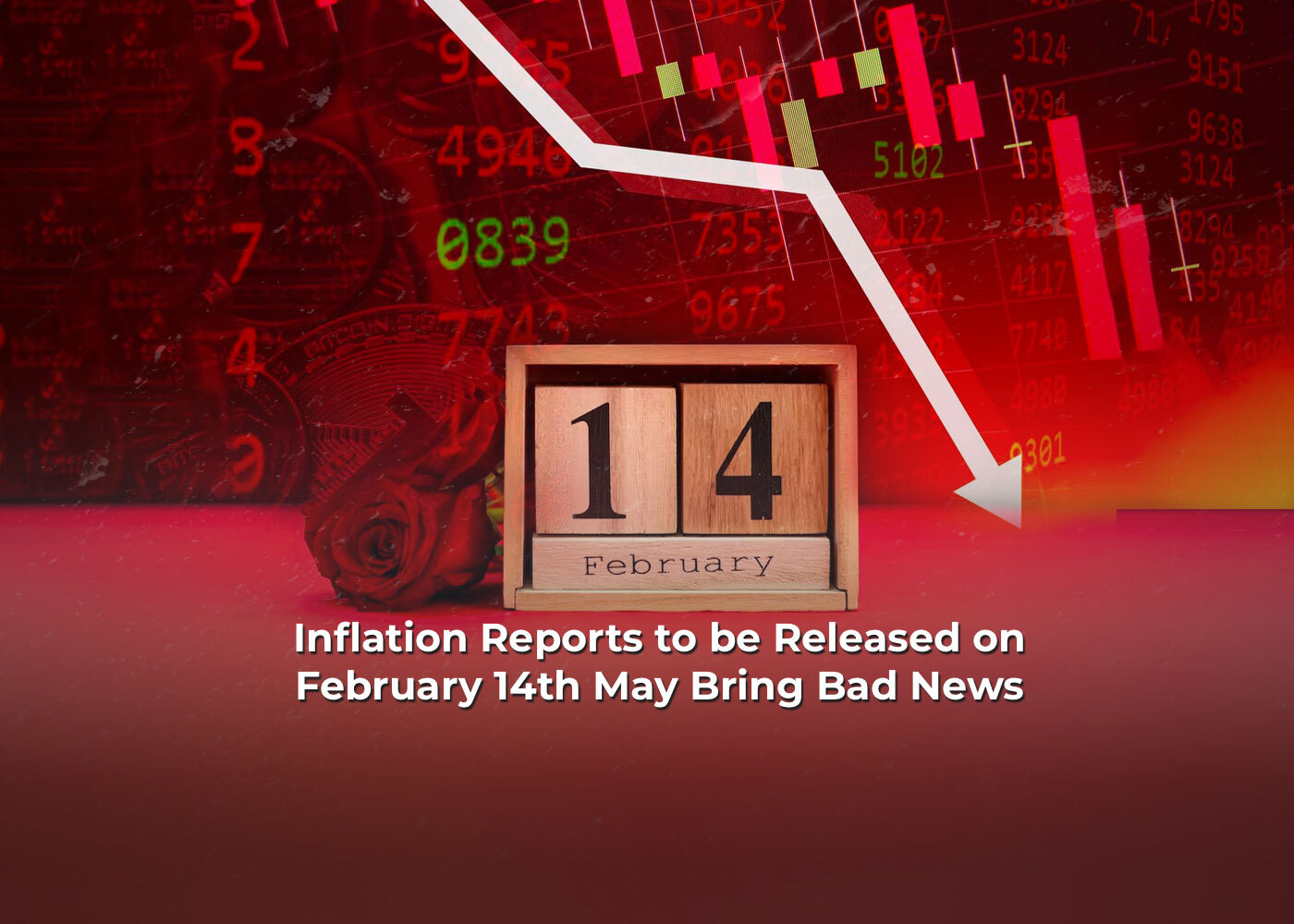Inflation Reports May Bring Bad News

Just as Fed officials have grown optimistic that inflation is cooling, the news could counter that narrative. All eyes will be on the Labor Department’s consumer price index release on Tuesday. This widely followed inflation gauge measures the costs for dozens of goods and services spanning the economy.
Inflation Is Still Rising
As we entered the final months of 2022, it seemed that CPI was trending downwards. However, as 2023 progresses, indications suggest that inflation is actually increasing, possibly exceeding even Wall Street’s estimations. Mark Zandi (Chief Economist at Moody’s Analytics) commented: “For three consecutive months now, our findings have produced soft results—so if January shows us something on the contrary side of this spectrum, then I certainly won’t be surprised.”
Economists anticipate that CPI could rise by 0.4% in January, resulting in an annual gain of 6.2%, as revealed by Dow Jones. Core CPI (excluding food and energy) is forecasted to be up 0.3%, with a 5.5% yearly increase; however, there are hints that the actual number may even be higher!
Fed Might Employ An Even More Aggressive Strategy
If the CPI reading is higher than anticipated, it could profoundly affect investments. The Fed’s decision-makers are observing this and a wide range of other information to determine whether their eight consecutive rate hikes are successful in quelling inflation that reached its highest level since 1979 last summer. If monetary tightening fails to produce results, the Fed might be forced into an even more aggressive strategy.
Zandi warned against being too eager to interpret individual reports. “We shouldn’t allow ourselves to become overly preoccupied with monthly changes,” he stated. “In general, it is expected that there will be a further contraction in year-over-year growth when taking fluctuations from month-to-month into consideration.”

Indeed, the highest rate of inflation (9%) was recorded for June 2022 on a yearly basis; since then, numbers have dropped steadily and now stand at 6.4% as of December 2021.
Although food prices have remained stubborn and are still more than 10% higher than a year ago in December, gasoline costs at the pump rose roughly 30 cents per gallon in January, according to AAA. The initially reported 0.1% decline for the headline CPI for December was revised upwards and is now showing an increase of 0.1%, as indicated by Friday’s revisions.
Economists Expect Two More Interest Rate Hikes
Peter Boockvar, Chief Investment Officer at Bleakley Advisory Group, questioned whether a streak of disappointing numbers could continue. He stated that he does not anticipate the January report’s decisive effect on Fed decisions.
“Will a 6% headline figure truly affect the Fed’s decision-making process? I doubt it,” he suggested, noting that the markets anticipate two more hikes of 50 basis points on top of its current target range. He further stated that for any adjustment to occur with respect to these raises, there would need to be much more than one single number presented. What remains consistent is market pricing and attempts by the Fed Board to reach their intended terminal rate of 5.18%.
You might check: Pros and Cons to Consider When Choosing a Cold Wallet




